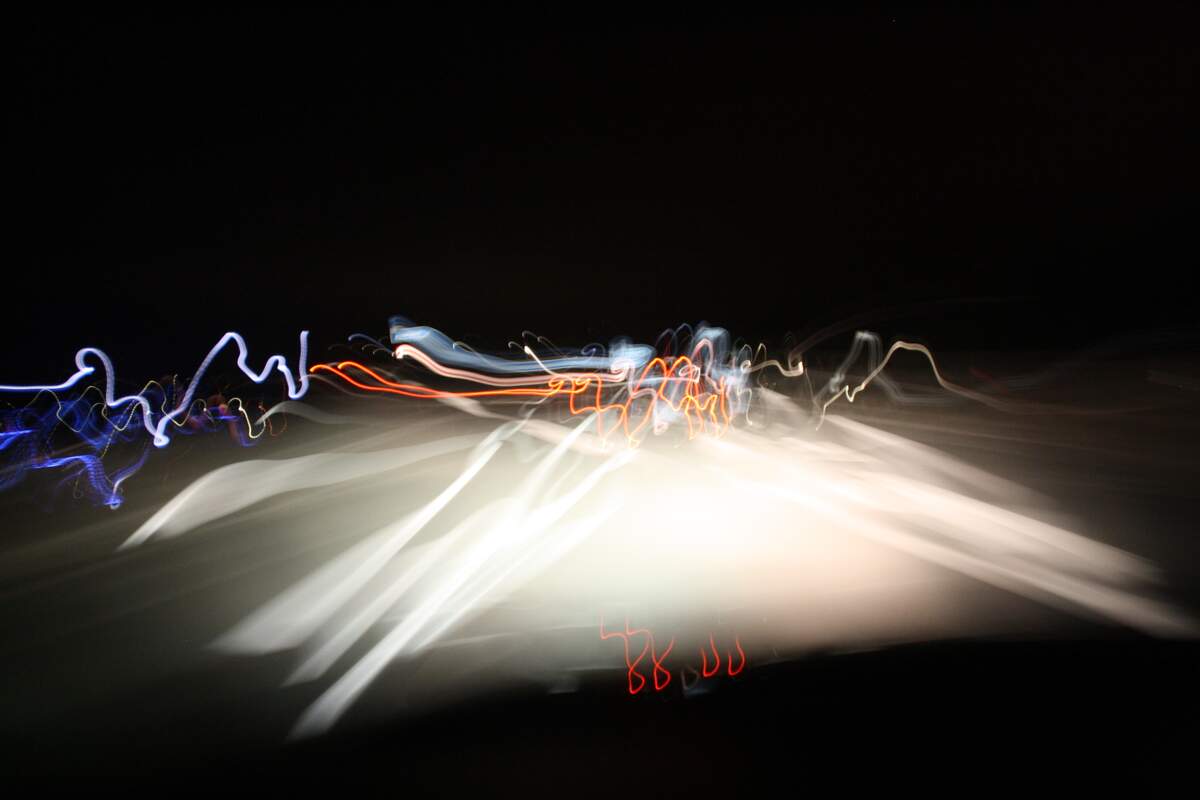

Nystagmus Awareness Day
Also known as
Wobbly Wednesday (2013 to 2018)
Observed
the first Wednesday in November (2013 to 2017)
annually on June 20th (since 2018)
Dates
Founded by
Hashtags
Sources
Nystagmus is a type of visual impairment where eyes move uncontrollably and affect focus and depth perception. It occurs when the area of the brain that controls eye movement doesn't function properly. It usually affects both eyes—eyes may move slowly or quickly, but more often than not they move rapidly. Eye movements are more prevalent when looking in a particular direction. Tilting or turning the head can slow down eye movements and help a person with nystagmus see more clearly. There are other symptoms besides eye movements and impaired vision, such as dizziness and sensitivity to light.
At least 1 in 1000 babies are born with nystagmus. When congenital, it may be passed down by family and is identifiable within 6 weeks to 3 months of birth. With this type, both eyes usually shake, causing blurry vision. Nystagmus may also be acquired and diagnosed later in life. This type may be caused by serious medical conditions, or alcohol or drug use. Instead of having blurry vision, those with acquired nystagmus often view things as being shaky. Congenital nystagmus can't be cured, but acquired nystagmus sometimes can be, if the condition that is causing it is addressed.
Organized by the Nystagmus Network, Nystagmus Awareness Day raises awareness about the condition so that more people will receive help, such as the support and services they need for a better quality of life. The day reminds everyone that people with nystagmus are here and their voices need to be heard. Each year there is a theme, activities, and fundraising opportunities. Photography competitions have been held. Those who have been successful with combating nystagmus share their success stories, bringing hope to parents whose children have been diagnosed with the condition. The day previously took place in November and was known as Wobbly Wednesday.
How to Observe Nystagmus Awareness Day
Some ways to mark the day include:
- Share about nystagmus with those who don't know anything about it.
- Raise money to help the Nystagmus Network support nystagmus research.
- Explore materials for the day from the Nystagmus Network.
- Check the Nystagmus Network website for information about this year's observance.
- Visit an ophthalmologist if you believe you may have nystagmus.





















